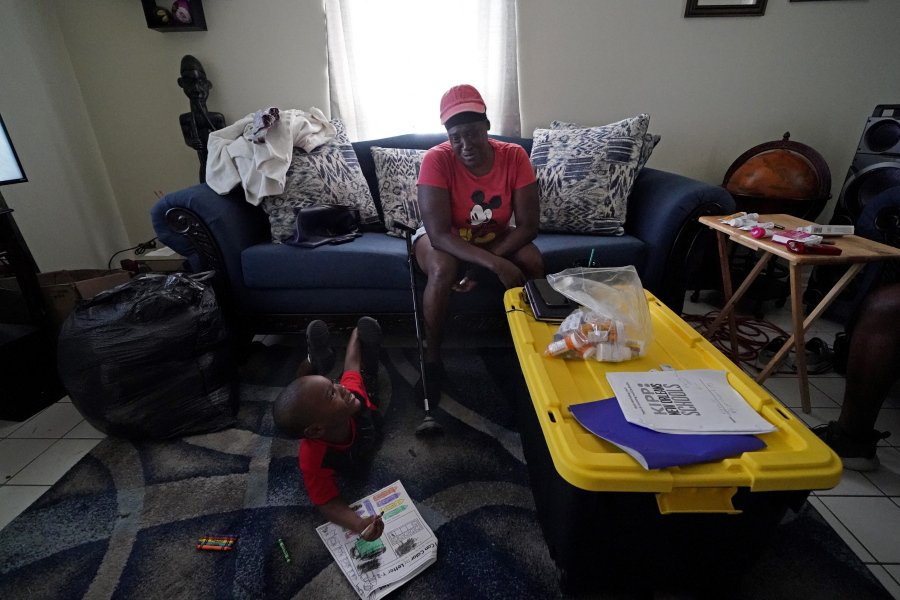CHALMETTE, La. — Darkness set in for Natasha Blunt well before Hurricane Ida knocked out power across Louisiana.
Months into the pandemic, she faced eviction from her New Orleans apartment. She lost her job at a banquet hall. She suffered two strokes. And she struggled to help her 5-year-old grandson keep up with schoolwork at home.
Like nearly a fifth of the state’s population — disproportionately represented by Black residents and women — Blunt, 51, lives below the poverty line, and the economic fallout of the pandemic sent her to the brink. With the help of a legal aid group and grassroots donors, she moved to Chalmette, a few miles outside New Orleans, and tried to settle into a two-bedroom apartment. Using a cane and taking a slew of medications since her strokes, she was unable to return to work. But federal benefits kept food in the fridge for the most part.
Then came Hurricane Ida.
The storm ravaged Louisiana as the fifth-strongest hurricane to ever hit the U.S. mainland, wiping out the power grid before marching up the coast and sparking devastating flooding in the Northeast. Among survivors of the deadly storm, the toll has been deepest in many ways for people like Blunt — those who already lost livelihoods to the COVID-19 pandemic in a region of longstanding racial and social inequality. Advocates say the small wins they’d made for marginalized communities and people of color since the pandemic began have been quickly wiped out.



